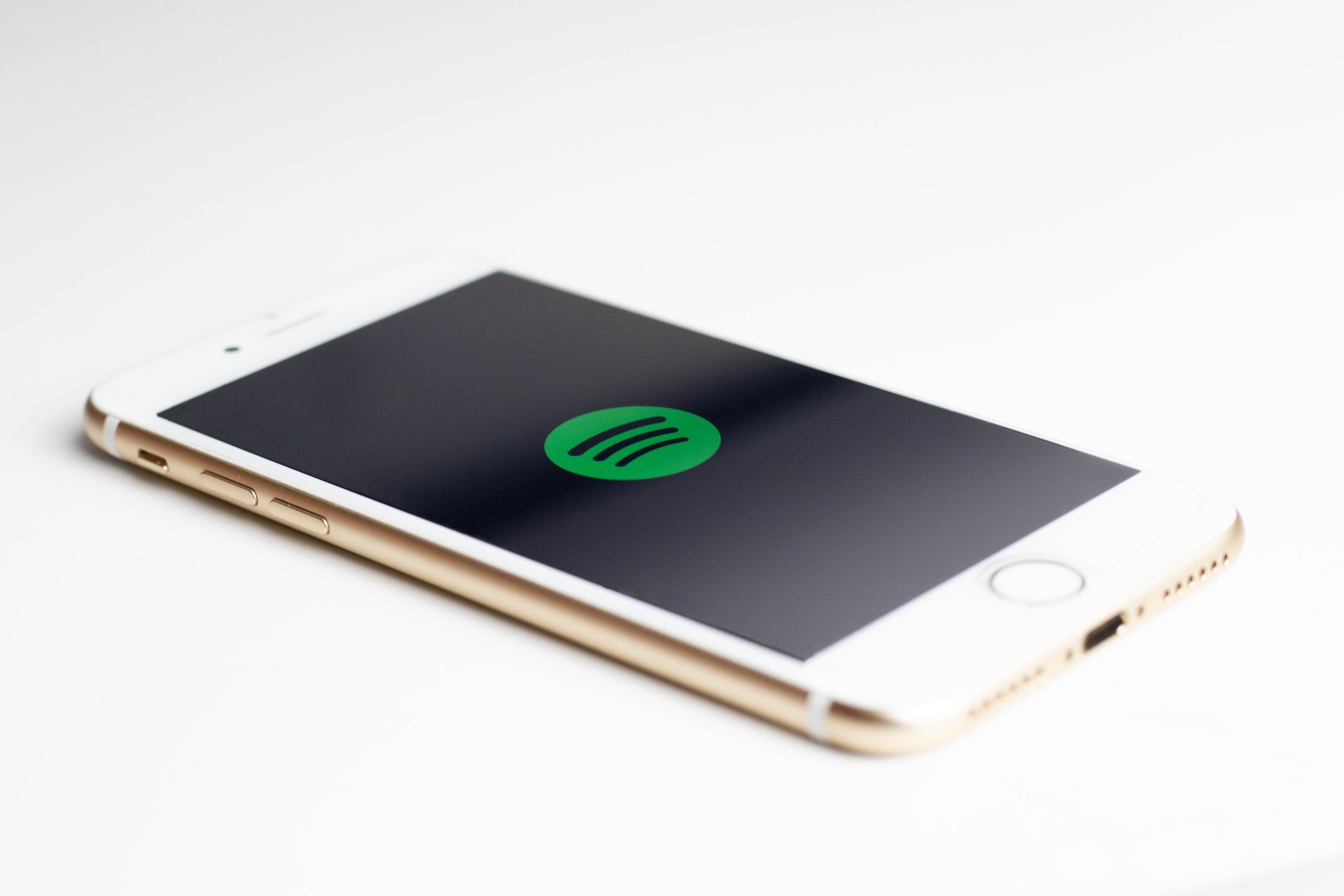Introduction
In a bid to further expand its reach and diversify its offerings, Spotify, the leading music streaming platform, has recently made significant changes to its strategy. The company has announced a series of staff and talent trims as it sets its sights on entering what many are calling its “YouTube era.” This strategic shift aims to position Spotify as a comprehensive audio platform, going beyond music streaming to incorporate podcasts, original content, and user-generated material. In this article, we will delve into the details of Spotify’s shifting strategies, explore the reasons behind these changes, and analyze the potential impact on the platform’s future.
The Rise of Spotify: From Music Streaming to Audio Platform
Music Streaming Dominance
Since its inception in 2008, Spotify has become synonymous with music streaming, amassing a large user base and revolutionizing the way people listen to music. Its user-friendly interface, vast music library, and personalized recommendations have solidified its position as the industry leader, surpassing traditional music distribution methods.
Expanding Beyond Music
In recent years, Spotify has recognized the evolving demands of its users and the broader audio consumption landscape. This realization has driven the company to venture into new territories beyond music streaming, embracing podcasts, exclusive audio content, and even user-generated material. This strategic expansion aims to position Spotify as a one-stop audio destination catering to a wide range of interests and preferences.
Trimming Staff and Talent: Embracing the YouTube Era
Entering the YouTube Era
The term “YouTube era” refers to the increasing popularity and influence of user-generated content, which has propelled YouTube to become a dominant force in the online video space. Spotify aims to replicate this success in the audio realm by encouraging user-generated content creation, fostering a vibrant community of creators, and providing a platform for individuals to share their audio creations with the world.
Reasons for Staff and Talent Trims
To facilitate this transition, Spotify has decided to streamline its operations and make strategic cuts to its staff and talent roster. These measures are aimed at reallocating resources towards developing tools, features, and infrastructure that support user-generated content, while also investing in podcast production and exclusive audio programming.
Potential Benefits and Challenges
By embracing the YouTube era, Spotify opens up new opportunities for creators and listeners alike. The platform’s focus on user-generated content fosters a sense of community and empowers individuals to showcase their talents and connect with audiences worldwide. Additionally, the incorporation of podcasts and exclusive audio programming enriches Spotify’s offerings and attracts a broader user base. However, this shift also presents challenges, including ensuring content quality and moderation, managing copyright concerns, and maintaining a balance between professional and user-generated content.
The Impact on Spotify’s Future
Diversification and Market Positioning
Spotify’s strategic shift towards becoming a comprehensive audio platform positions the company to compete with a wider range of players in the audio streaming industry. By expanding beyond music and embracing user-generated content, podcasts, and exclusive audio programming, Spotify aims to capture a larger share of the audio market and establish itself as the go-to platform for all audio-related needs.
User Engagement and Retention
The introduction of user-generated content and community-driven features holds the potential to drive higher user engagement and foster a more active and passionate user base. By empowering creators and listeners, Spotify can cultivate a sense of belonging and encourage users to spend more time on the platform, ultimately leading to increased loyalty and retention.
Competing with Established Platforms
While Spotify’s move towards the YouTube era presents exciting opportunities, it also pits the company against established platforms like YouTube itself. Spotify will need to differentiate itself by leveraging its existing strengths, such as its sophisticated recommendation algorithms, curated playlists, and deep integration with music labels and artists.
Conclusion
Spotify’s decision to trim staff and talent as it enters its YouTube era signifies a strategic shift towards becoming a comprehensive audio platform. By embracing user-generated content, podcasts, and exclusive audio programming, Spotify aims to capture a broader audience and secure its position as a dominant player in the audio streaming landscape. While challenges lie ahead, this shift holds great potential for Spotify to diversify its offerings, increase user engagement, and compete with established platforms in the evolving audio industry.




